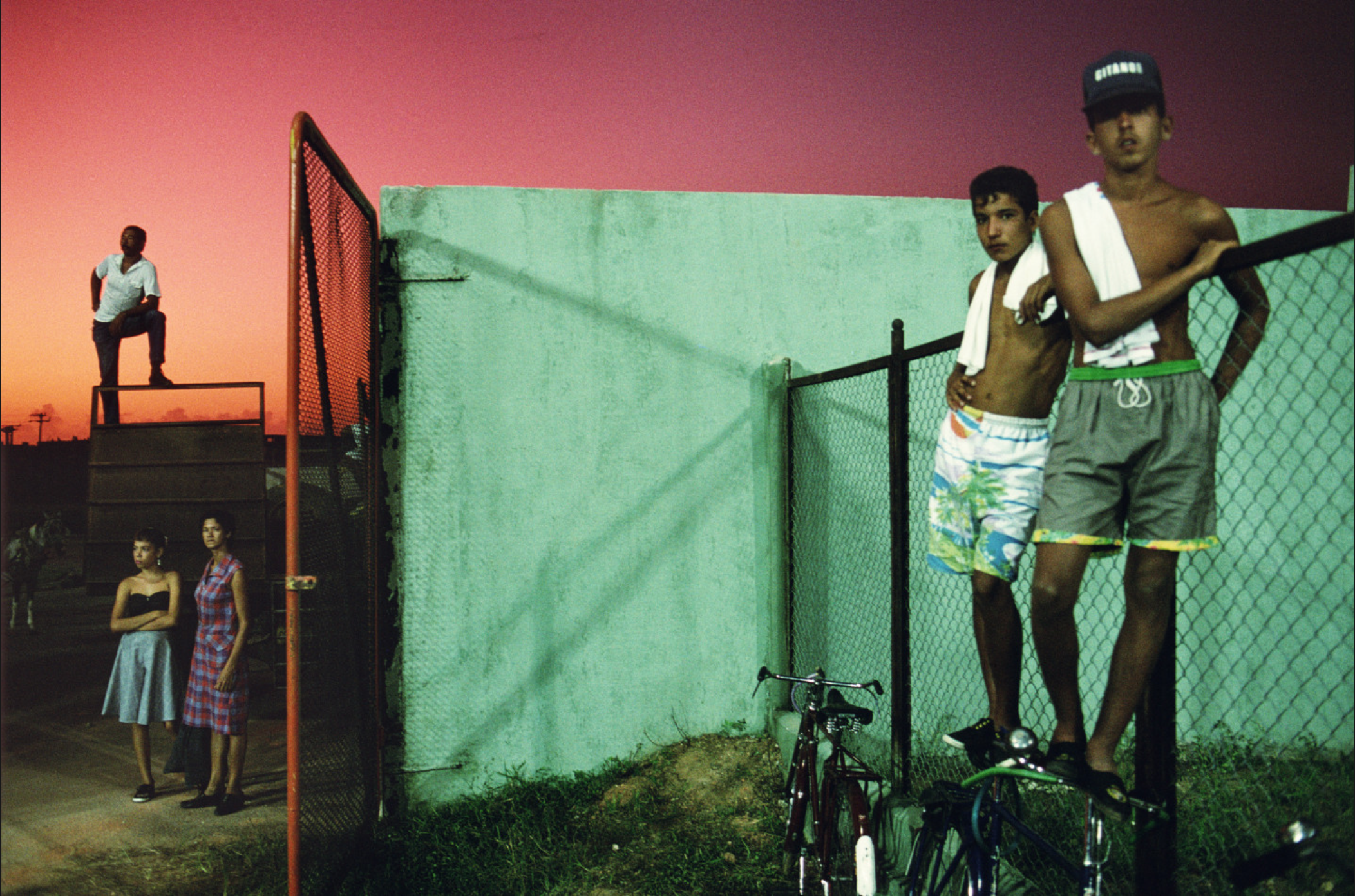The Suffering of Light by Alex Webb - Photography Book Review
What’s up photography fans! Welcome back to All About Street Photography channel. Today I am here with a review of an iconic book by legendary photographer Alex Webb, The Suffering of Light.
Alex Webb is an American photographer who had exhibitions at museums worldwide. He has been member of Magnum Photos since 1979 and has published 17 books photography books. You can check them on webbnorisswebb website. Alex Webb is known for his vibrant colour photographs, which this book is full of. You can actually find 115 of them.
Even though Webb was a part of the second generation of American photographers working in colour, he is said to be a pioneer of American color photography.
The Suffering of Light is a photography book published by Aperture in 2011. It is the first comprehensive monograph charting the career of acclaimed American photographer Alex Webb, gathering some of his most iconic colour images he had been taking since 1978. If I would define his work in four words it would be intense colors and brilliant composition. What I admire most is his ability to create layers and still maintain high standard of composition quality.
The book presents street photography and photojournalism in a form of fine art.What is interesting about this book is that it is organised chronologically. It is the only book that focuses on Webb’s work chronologically and not thematically. His other books focus on places he photographed.
I like how his photographs work in sets as well as an individual photographs. Sometimes I just look at Webb’s photograph and I am like, “Wow that is a unique photograph!” But at the same time there is this vibe or colour theme which is very similar when you look at more of his photographs. Which I think is a very difficult thing to do. Because once you find what you are good at it is easy to fall into a trap of producing the same type of images over and over again and that in my opinion locks your creative process.
Talking about creative process, Webb often stays at the places he feels like are good scenes for the photographs and takes a lot of different pictures. When we talk about composition and composition techniques, this book is full of silhouettes, shadows and reflection. However, perhaps the most recurring composition technique is rhythm. You can identify it in many of Webb’s photos.
The size of the book is 13 by 12 inches, and as you guessed, it is a typical photography book that does not fit well into your bookshelf. I wonder why there is no law to enforce a standard for photography book dimensions.
The book has a preface where Webb explains his transition from black and white to colors as well as afterword by Geoff Dyer.
Alex Webb was influenced by Henri Cartier-Bresson, Robert Frank, Garry Winogrand or Lee Friedlander. I think I can actually see it in some of his photographs. But you know, it is an art, and anyone can see anything. Geoff Dyer said in the Afterword: Webb has described his work as “a highly interpretative presentation of the world.”
My favourite typical photograph from this book is probably Sancti Spíritus, Cuba, 1993 (A.W.) I just love those complementary colours (red and green) he was able to catch in the frame. However, for some reason my most favourite image, even though it’s not Webbs’s typical one, is this one (Tijuana, Mexico, 1991). I just can’t help but laugh every time I see that picture.
So, who is this book for? I would say for someone who is into street and documentary photography. What I like about the book is that it is a fine art book of colour street photograph. Which I would say is quite rare. I mean, it is not rare like there are no other colour photography books but I would say there are still more street photography books in black and white. So should you buy it? Well if it is for you then you probably know the answer and if you actually want the book in your collection. If it is for someone just consider what I said about the genre and that it is in colours.
So, that’s it for today’s review of The Suffering of the light. If you want to find out more about Alex Webb check out his website. You can also his Instagram and while you’re doing that you can also follow me on the Instagram. All links will be in the description. Thank you for watching and I will see you next time!
If you're interested in learning more, check out this book: "The Suffering of Light" offers a comprehensive look at the career of Alex Webb. This exquisite book compiles some of his most iconic images, showcasing his talent for capturing intense color and light. Webb's work transcends genres such as street photography, photojournalism, and fine art, allowing readers to explore the world through his eyes. This book offers valuable insights into his 30-year career, featuring both key works and previously unpublished photographs.
Follow Alex Webb:
Website: http://www.webbnorriswebb.co
Instagram: https://www.instagram.com/webb_norriswebb/
Facebook:https://www.facebook.com/rebecca.n.webb.9


